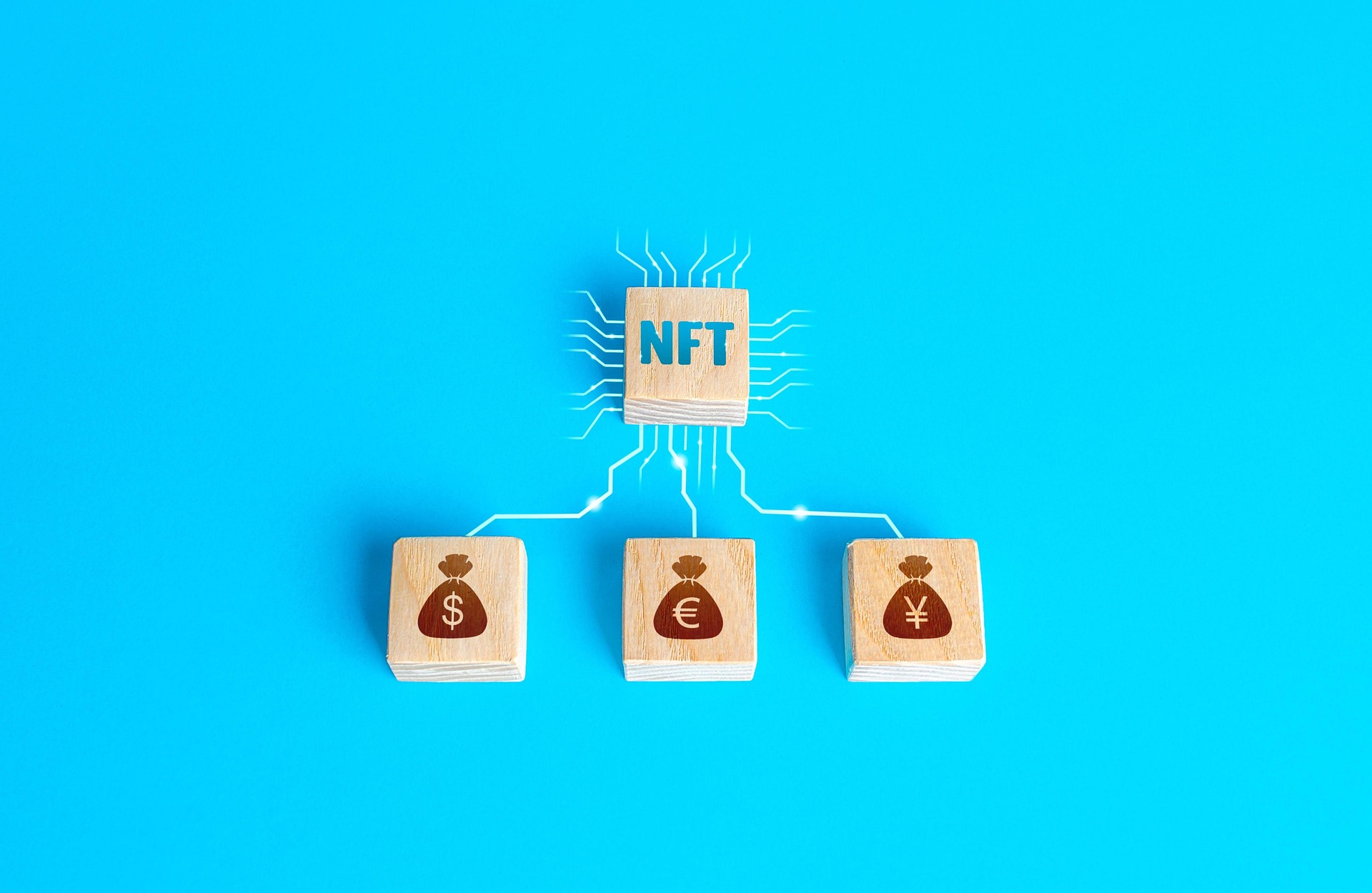The Emergence of Quantum Dots: The New Frontier in Display Technology
Quantum dots, while not a new phenomenon, have been thrust into the limelight recently as advancements in the tech world have allowed us to harness their potential in a practical, impactful way. These minute particles, just nanometres in size, are promising to revolutionize the world of display technology.

The Origins and Evolution of Quantum Dots
Quantum dots first came under scientific scrutiny in the 1980s. They are tiny semiconductor particles, thousands of times smaller than the width of a human hair. These particles are so small that they are subject to quantum physics, the principles that govern the smallest particles in the universe.
With their unique optical and electronic properties, scientists recognized their potential early on. However, it was not until the 2000s that technology had advanced enough to make practical use of these particles.
Quantum Dots in Display Technology
Fast forward to the present day, and quantum dots are being hailed as the next big thing in display technology. They are being used to enhance the color and brightness of screens, from smartphones to high-end televisions.
When hit with light, quantum dots emit their own light, the color of which depends on the size of the dot. Smaller dots emit bluer light, while larger ones emit redder light. By carefully controlling the size of the dots, manufacturers can produce precise, vibrant colors that far outshine traditional displays.
The Market Impact of Quantum Dots
The potential of quantum dots in display technology is immense. The market for quantum dot displays was valued at $2.57 billion in 2018 and is projected to reach $10.96 billion by 2026, growing at a CAGR of 26.4% from 2019 to 2026.
This growth is driven by the demand for enhanced display technology, particularly in consumer electronics such as TVs, smartphones, and monitors. But it’s not only the electronics industry that stands to gain. Quantum dots also have potential applications in areas such as biomedical imaging, solar cells, and even quantum computing.
The Future of Quantum Dots
The future of quantum dots looks bright, with new developments expected to further improve their performance and expand their applications. For example, researchers are working on “heavy metal-free” quantum dots, which could make them more environmentally friendly and safer for use in applications like biomedical imaging.
Also, while current quantum dot displays require a backlight, future displays could be self-illuminating. This would allow for even thinner, more efficient screens.
In A Quantum Leap for Display Technology
Quantum dots represent a significant leap forward in display technology, offering brighter, more vibrant colors than ever before. As research continues and technology advances, we can expect to see quantum dots become an increasingly common feature in our screens. After all, in a world where visual content is king, the demand for high-quality displays is only going to grow. Quantum dots, with their unique properties and potential for innovation, are perfectly positioned to meet this demand.





